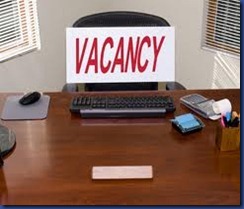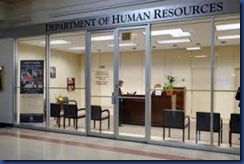 This continues our series to increase profits through marketing methods and vehicles
This continues our series to increase profits through marketing methods and vehicles
Methods and vehicles is the 5th pillar of Bryan Waldon Pope’s the 7 Pillars of Successful Marketing. Methods are the processes (or procedures) that draw clients to your business, hopefully, to buy your product or service. Bryan outlines three methods: promotions, publicity/public relations, and advertising. Each one involves a different process. Today we will examine promotions.
Promotions Offer Something to Clients
Promotions are marketing activities that are designed to get the cash register ringing with a specific offer, a strong call to action, and a deadline. Those three elements create promotions.
The specific offer holds the key to a good promotion.
- Your promotion may be directly related to your product or service. For example, a cosmetologist offers a free hair wash with the purchase of a perm.
- A cross-promotion occurs when you offer a product from another company. For example, an auto mechanic offers a free meal at a local restaurant for those who get an oil change. Cross-promotions should provide as close to a balance as possible.
- Your specific offer may have no relation to your own business or another one. For example, a certain retail, furniture store offers hot dogs and drinks to customers. The promotion brings people into the store without promoting another company and has nothing to do with furniture.
How to Construct a Profitable Promotion
A promotion is a popular marketing method that combines three important elements to create excitement and garner response. Those three elements are:
- A specific, compelling offer should include a totally free offer rather than a discount
- A timely and powerful call to action such as
- “Call…”
- “Come to the store to claim your…”
- “Click here to receive your…”
- “Join us at…”
- A meaningful and compelling deadline
- “You must claim your gift by this Friday”
- “Offer only good for the next 4 days”
- “Come to the store for you free hot dogs and chips this Saturday between noon and 3pm”
Saturday we will present how to increase publicity and public relations for your business












